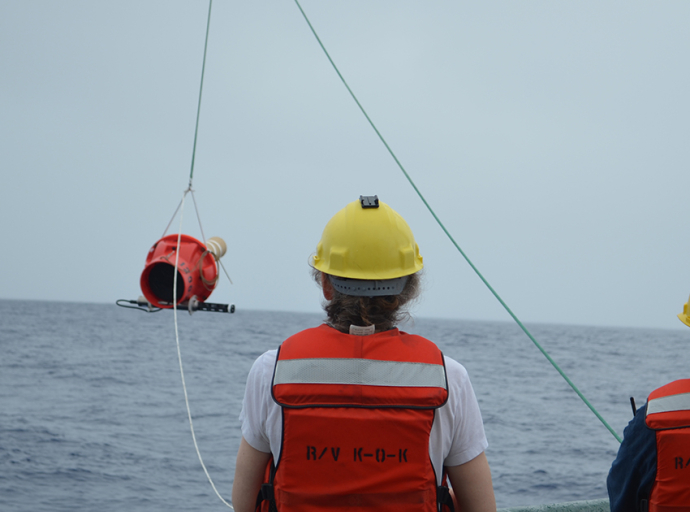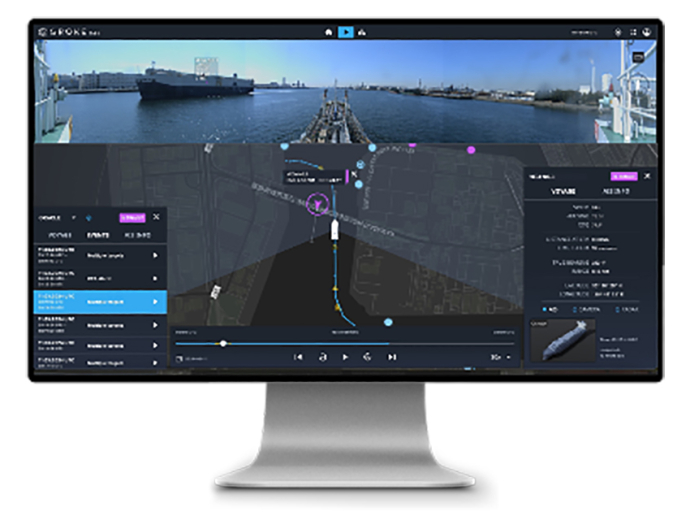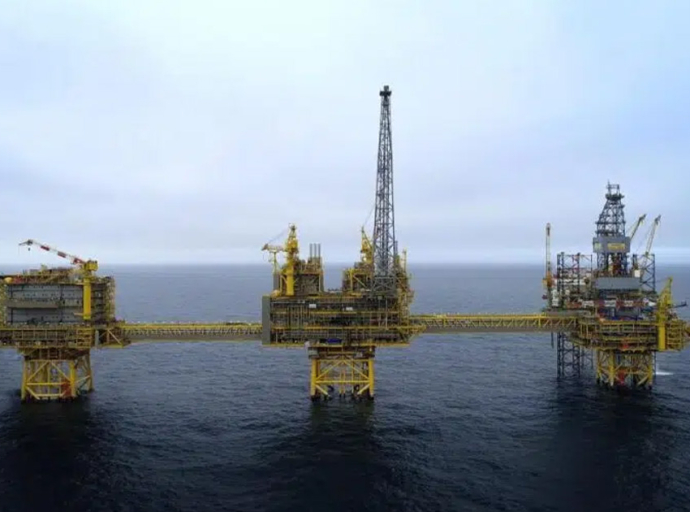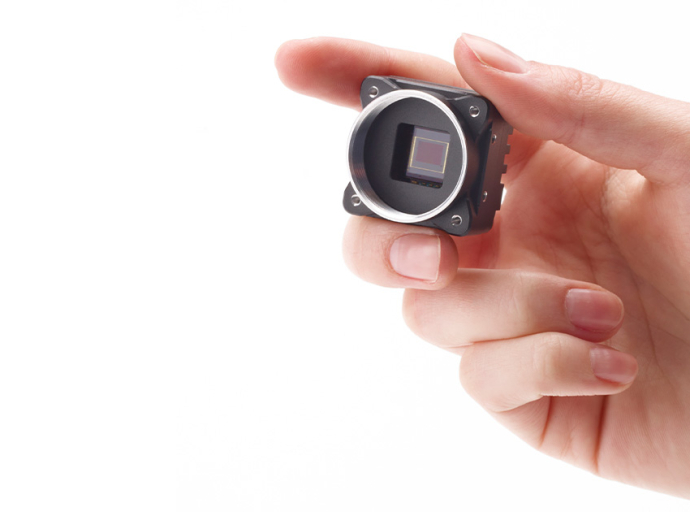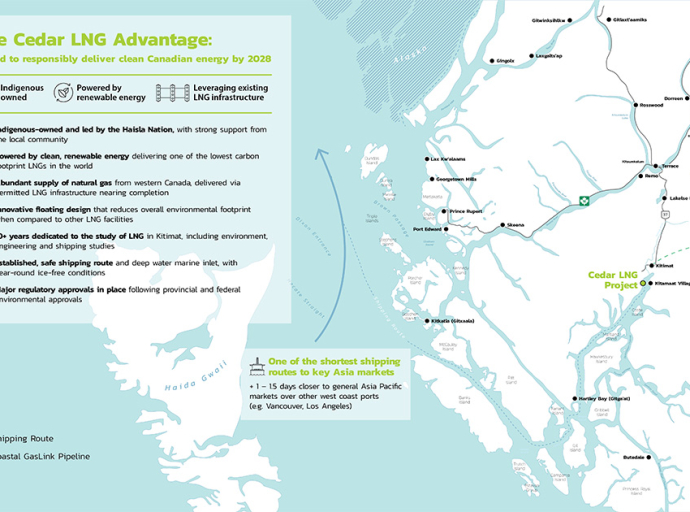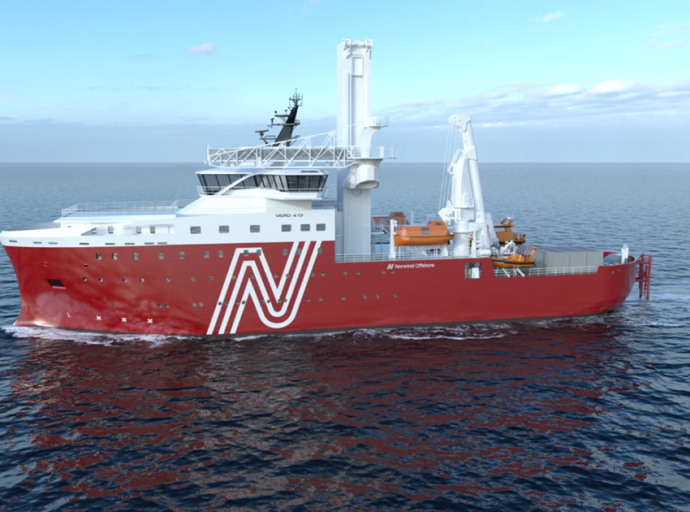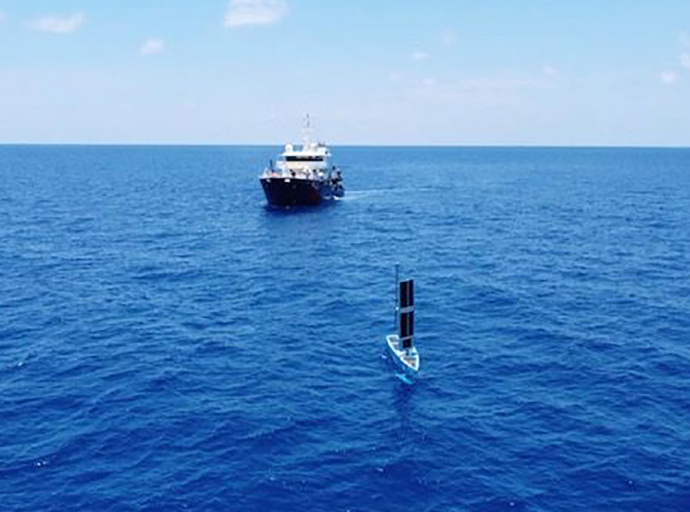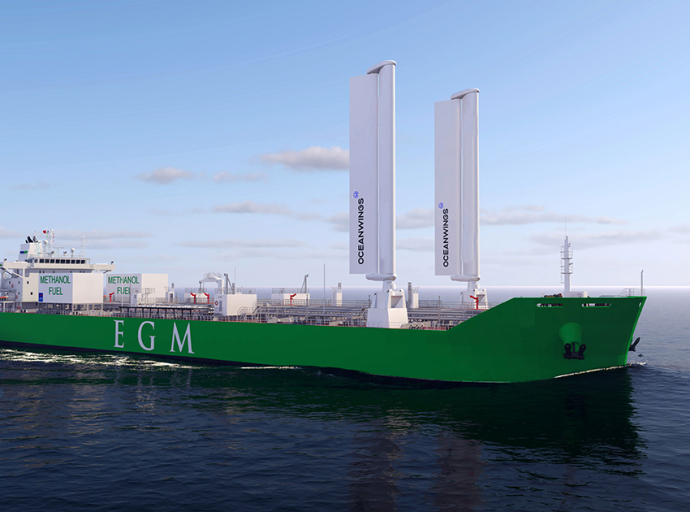At the United Nations Conference for the Decade of the Ocean in Barcelona, GEOMAR Helmholtz Centre for Ocean Research Kiel and the Seabed 2030 project have signed a Memorandum of Understanding to jointly improve the mapping of the seabed. The collaboration aims to fill gaps in knowledge about the topography of the seafloor and create a comprehensive map of the ocean floor.
Science & Technology
All Stories
A consortium of Uncrewed Surface Vessel (USV) and hydroacoustic technology companies consisting of ACUA Ocean, GeoAcoustics Ltd and Unmanned Survey Solutions (USS) has secured funding under the DEFRA—Department for Environment Food and Rural Affairs—Improving Observation Capabilities of Biodiversity in UK Waters: Phase 2 program. The consortium's demonstration seeks to combine three cutting-edge technologies into a single approach capable of providing holistic mapping and water quality data of seagrass meadows more efficiently and with lower carbon footprints compared to current sonar-based techniques.
SubC Imaging has just launched a solution designed to redefine compact subsea imaging. Combining cutting-edge technology with a compact form factor, the Rayfin Micro delivers exceptional image quality and versatility for observation class ROVs.
Eelume, a pioneer in underwater technology, proudly announces the launch of Eelume-S, an innovative All-Terrain Autonomous Underwater Vehicle (All-Terrain AUV) set to revolutionize underwater exploration.
NOAA and the Department of Commerce announced that $2.7 million from the Bipartisan Infrastructure Law (BIL) will be used to replenish and expand an important array of robotic floats in the Argo program that measure ocean and climate data as part of President Biden’s Investing in America agenda.
EuroGreen Maritime SAS (EGM), a pioneering French shipping company at the forefront of sustainable maritime solutions, announced that it has solidified its commitment to environmental excellence by entering into a seven-year charter agreement, with options for five one-year extensions, for four vessels with the Norwegian energy company Equinor ASA after winning the tender process with both technical and financial criteria initiated in December 2023. This transaction, supported by SFL Corporation Ltd., represents a significant advancement in green shipping and underscores a shared vision for a cleaner, more sustainable maritime industry.

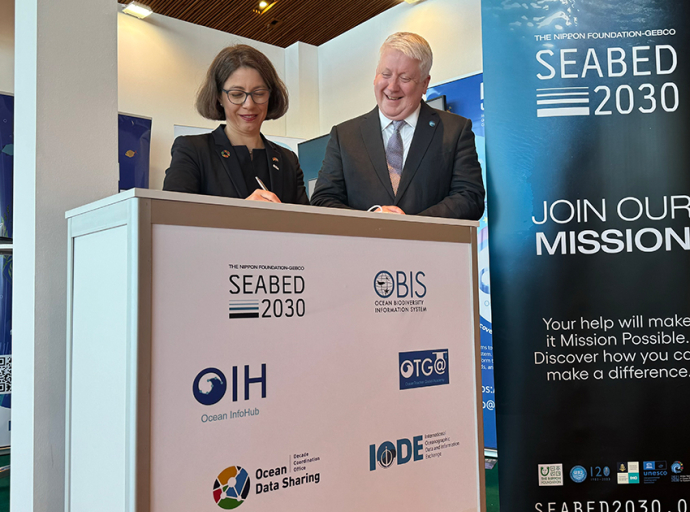
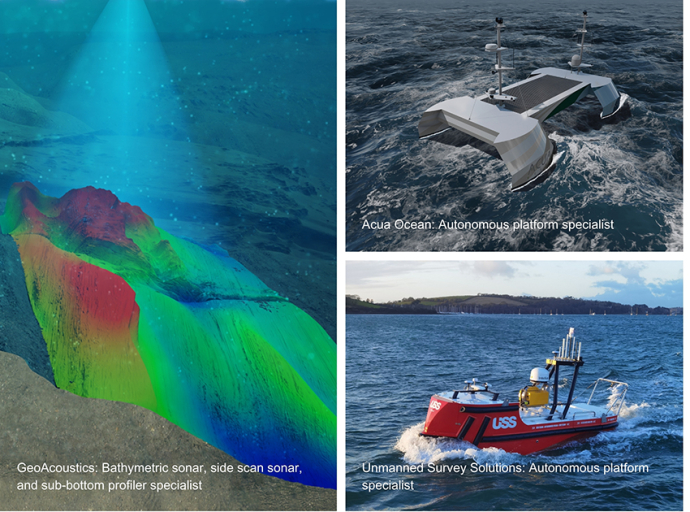
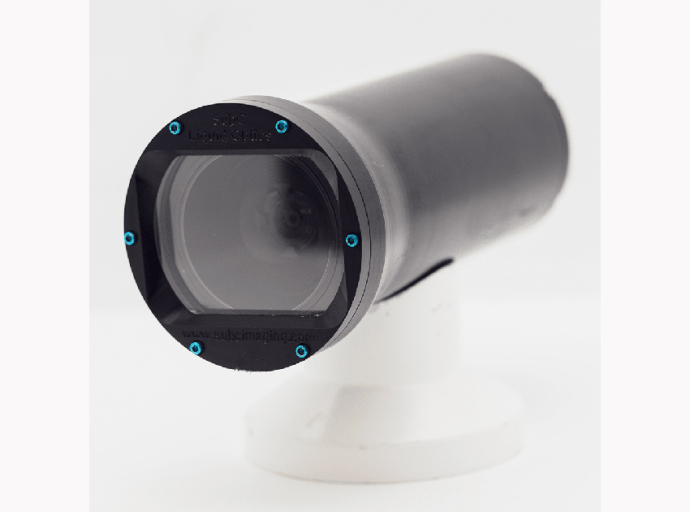
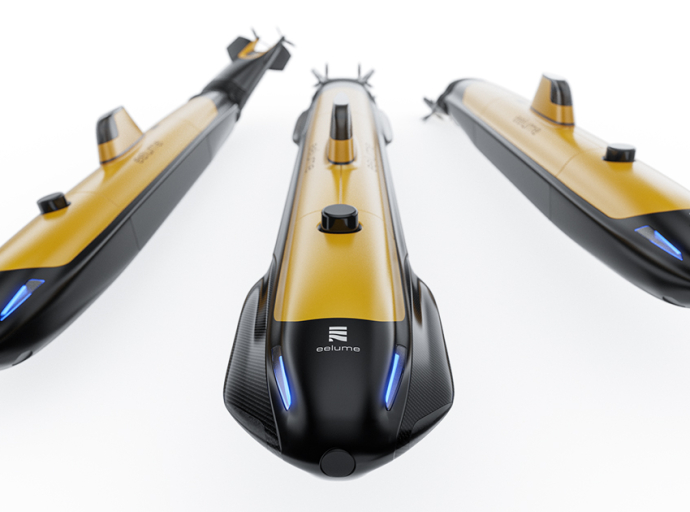
-pml-cgi-impression_thumbnail.jpg)
